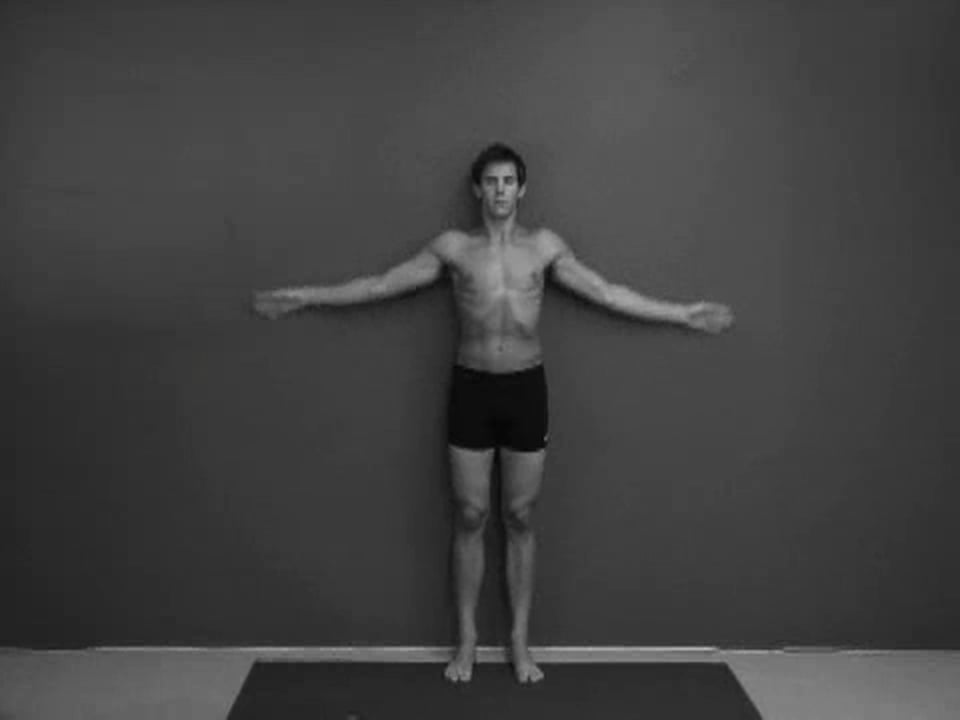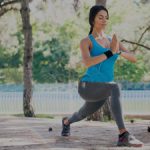Acromioclavicular Separation
 Symptoms
Symptoms- Pain in the front of the shoulder
- Point tender to the AC/clavicle joint
- Pain with overhead shoulder movements
- Possible bump on the top of the shoulder
 Causes
Causes- Direct blow to the top of the shoulder
- Fall on an outstretched hand
- Fall on the tip of the shoulder
 Treatment
Treatment- Period of sling use for immobilization
- Stretching and shoulder ROM exercises
- Posture program
- Strengthening shoulder stabilizers

- Passive Shoulder Internal Rotation
-
Armpit To Wall
- Foam Wedge In Flexion
-
Foam Wedge In Abduction
- Passive Shoulder Abduction
-
Thoracic Stretch III
- T Band Wall Push W ER
-
Standing Posture
- Sitting Posture

- Wall Slides
-
Prone Rotator Cuff Circuit
-
Superman Holds
- Shoulder Ext Rot Scap Plane 90 Abd
- Push Up Hold Top
-
Down Dog

- Push Ups
-
Hummers
- Sumo Flies 3 Positions
-
Wall Slides
- Prone Rows
-
Single Arm Push Up Holds
- Push Up Hand Fire



